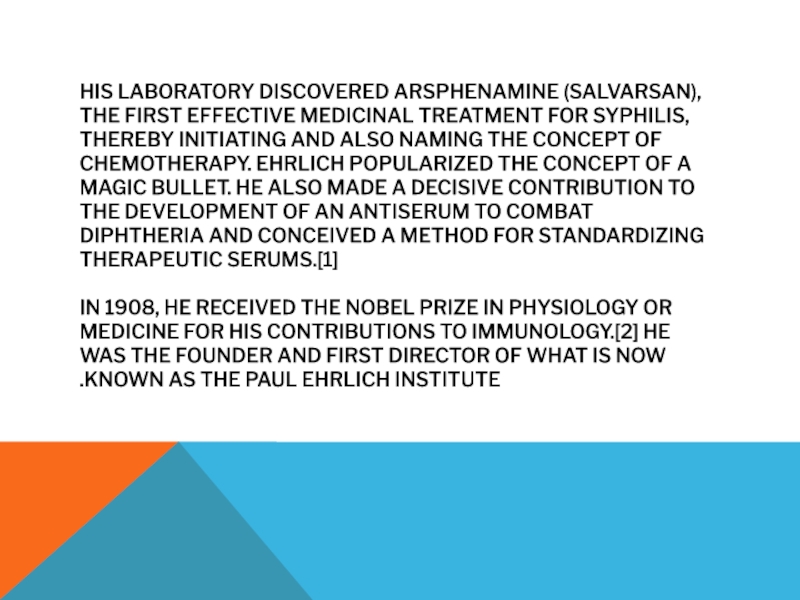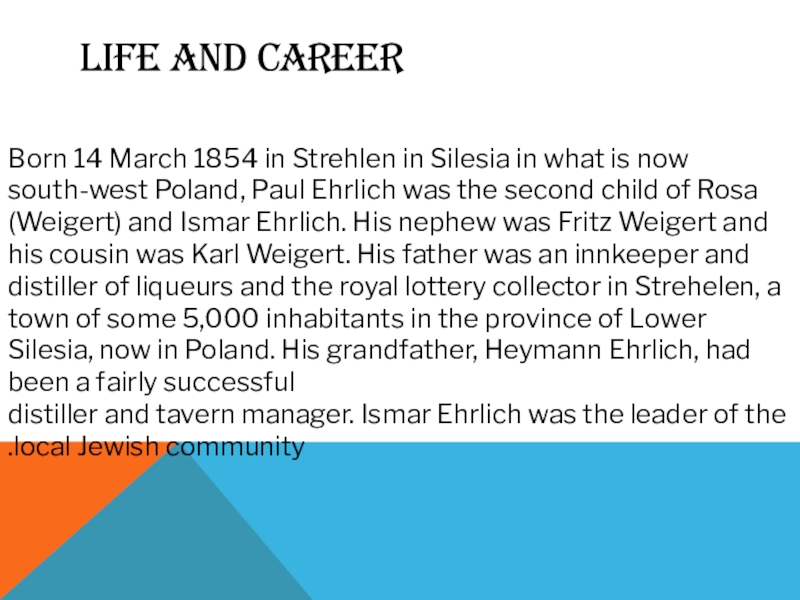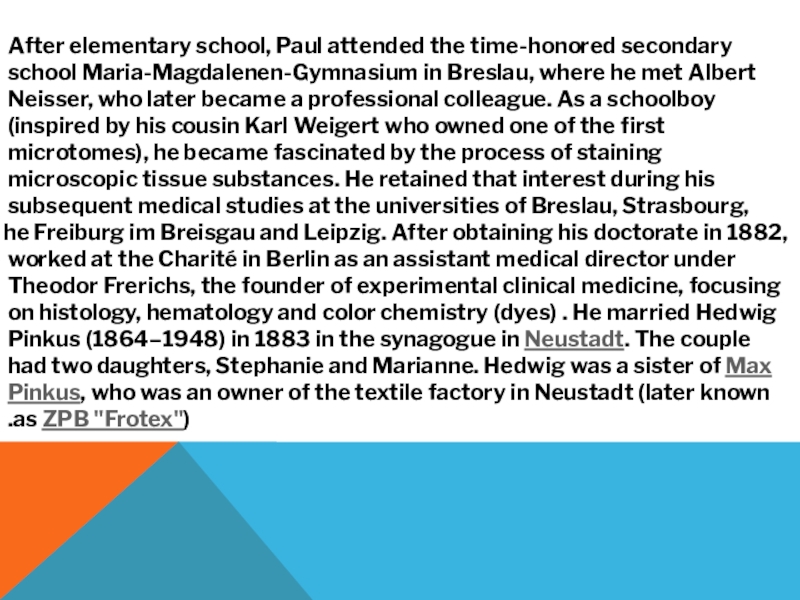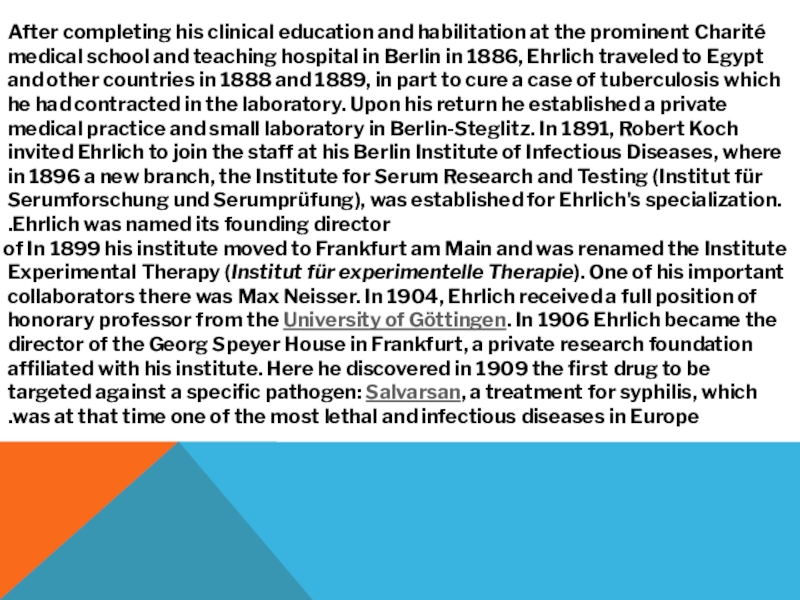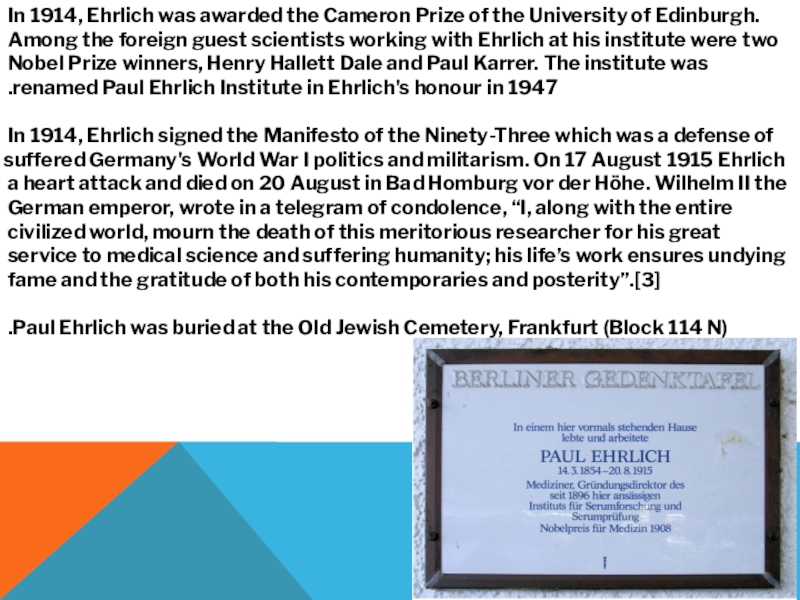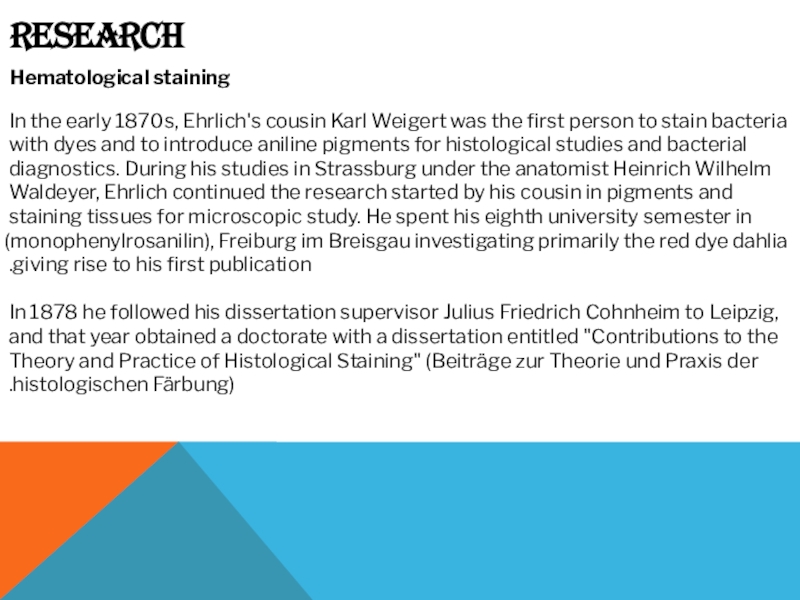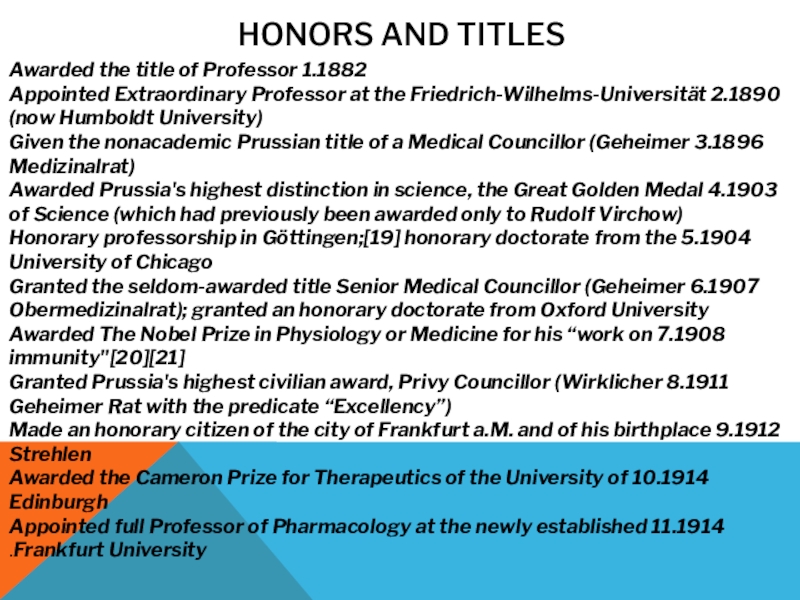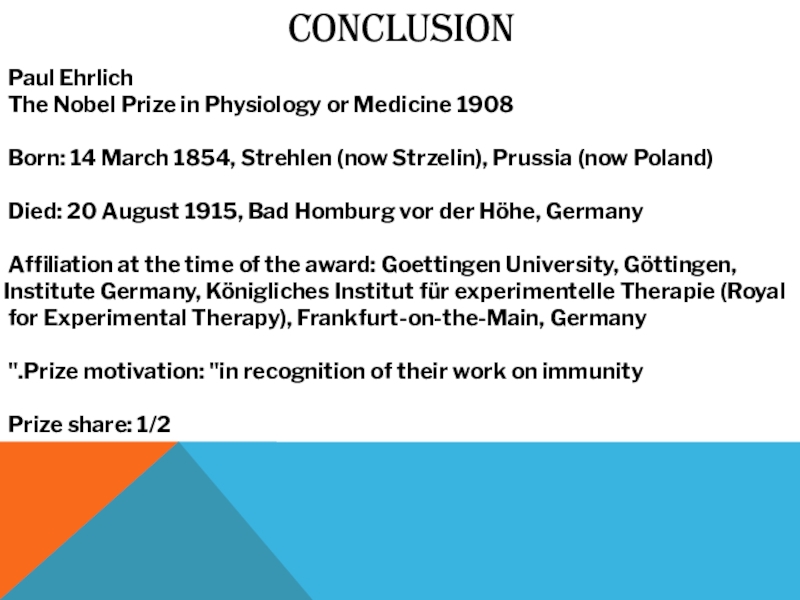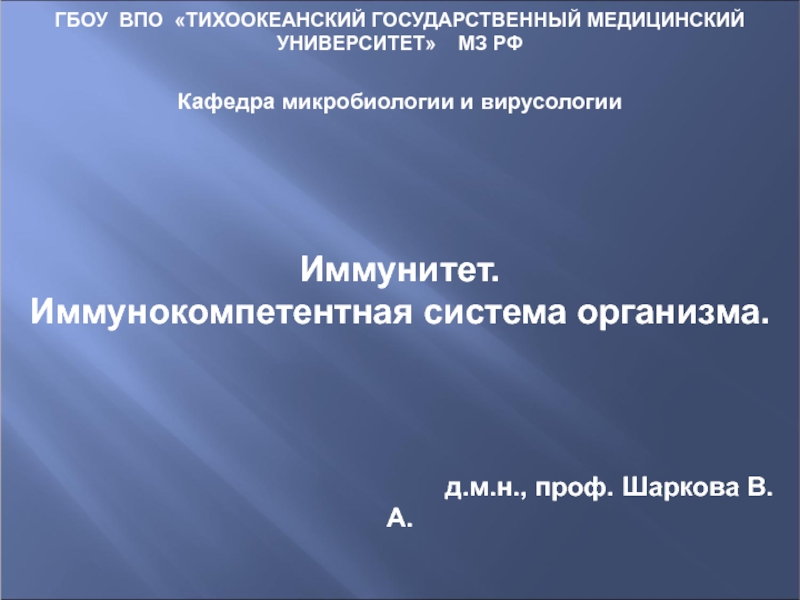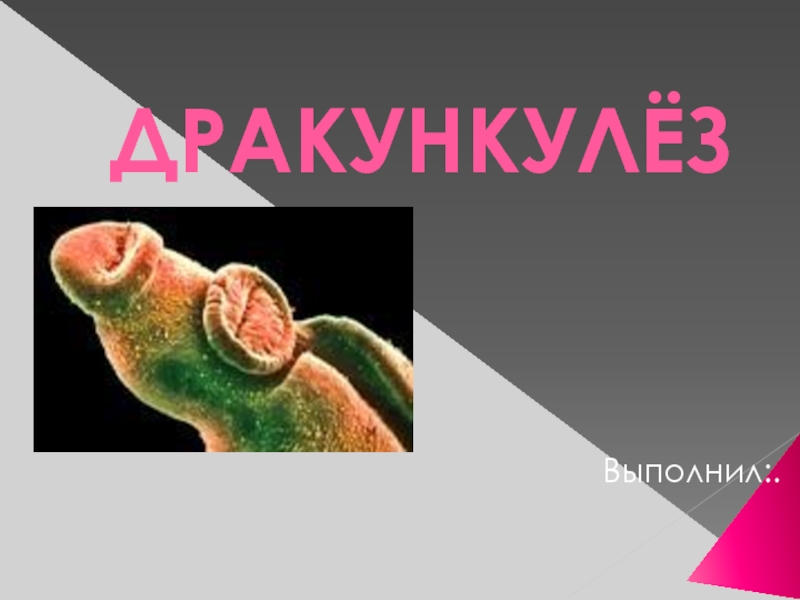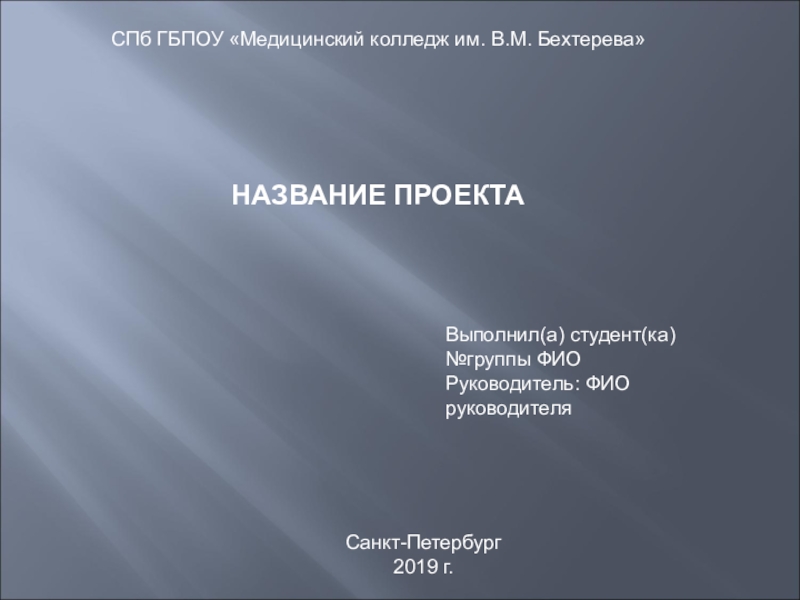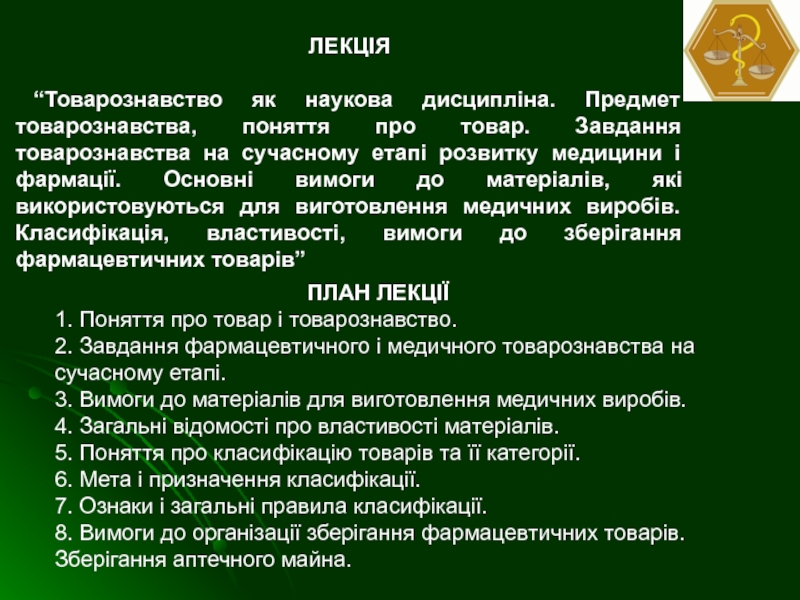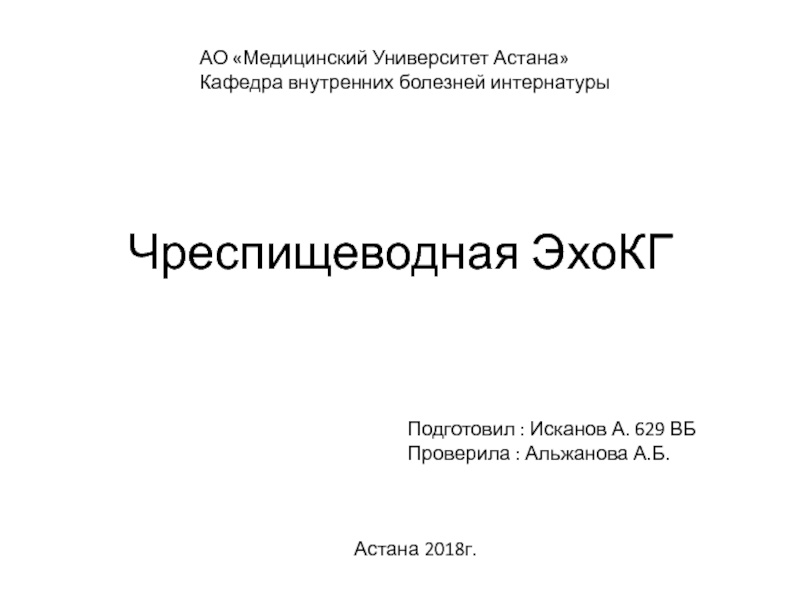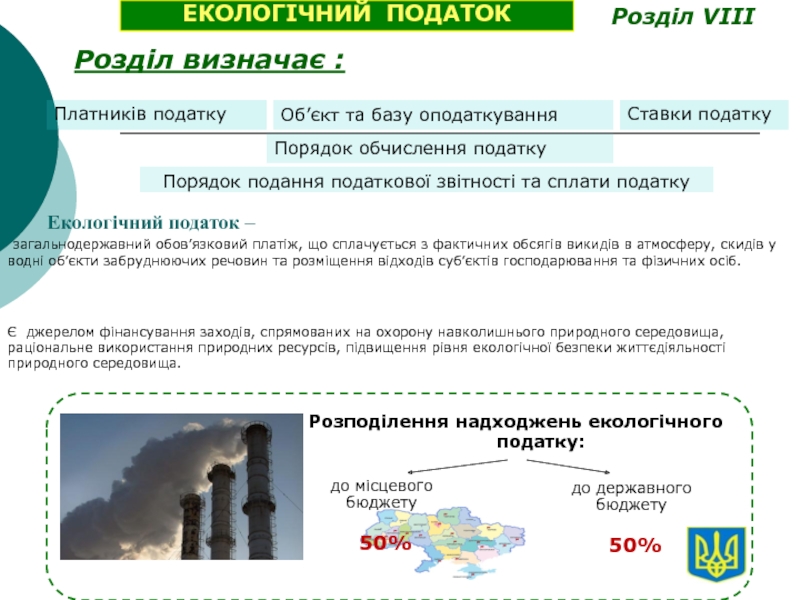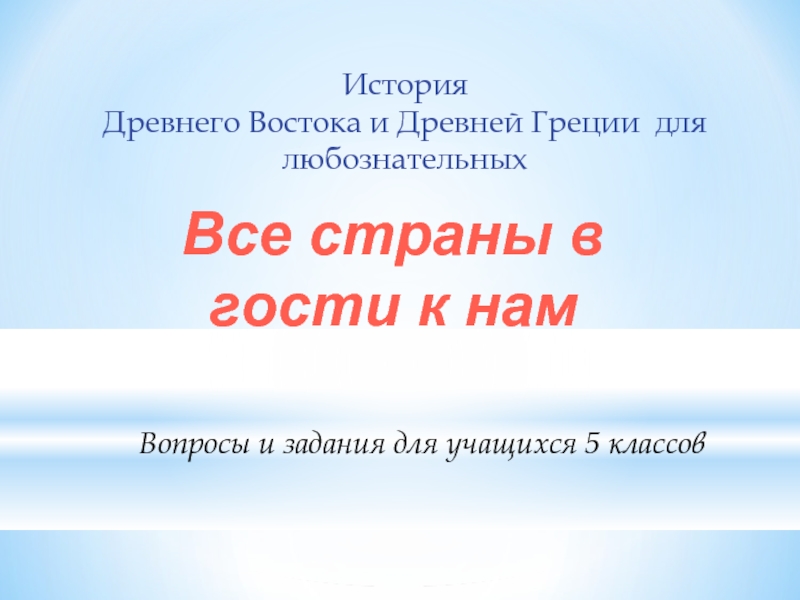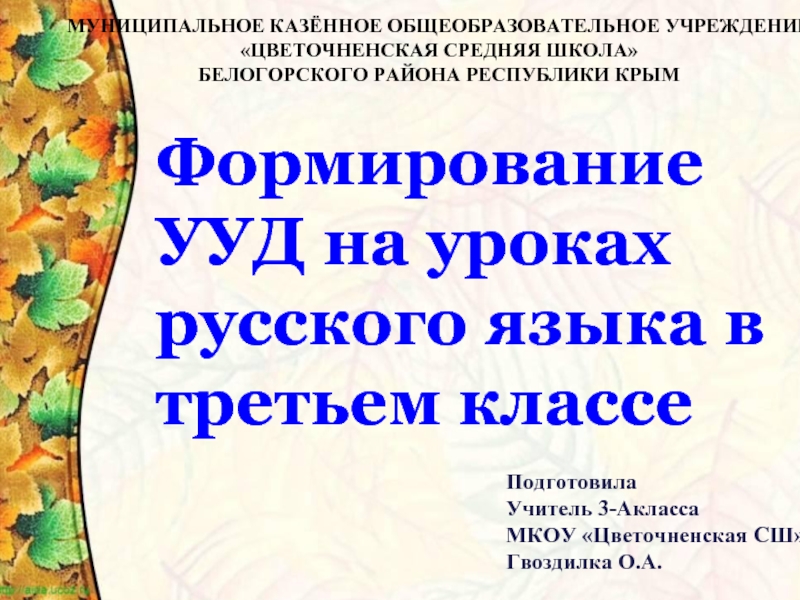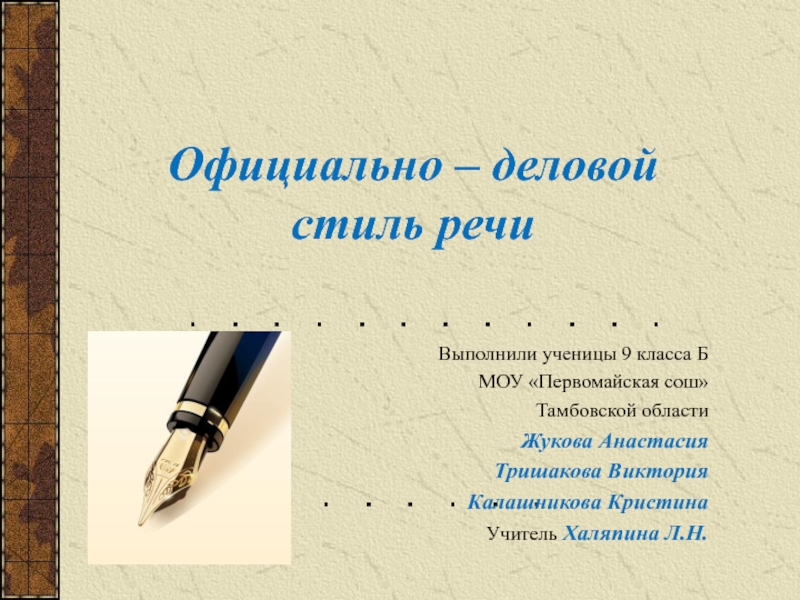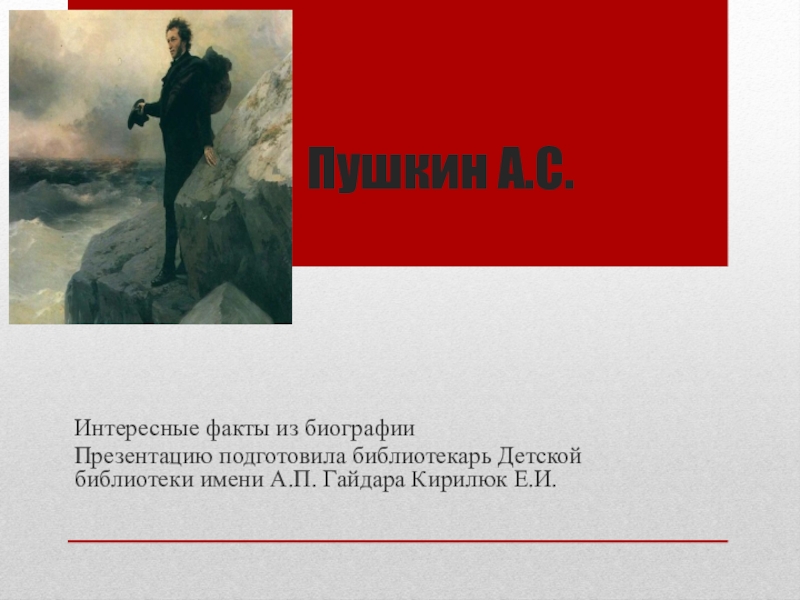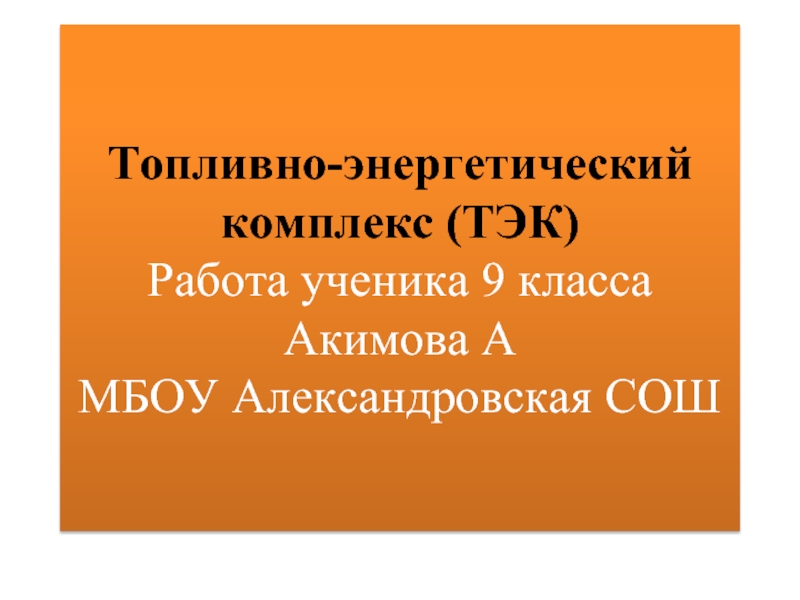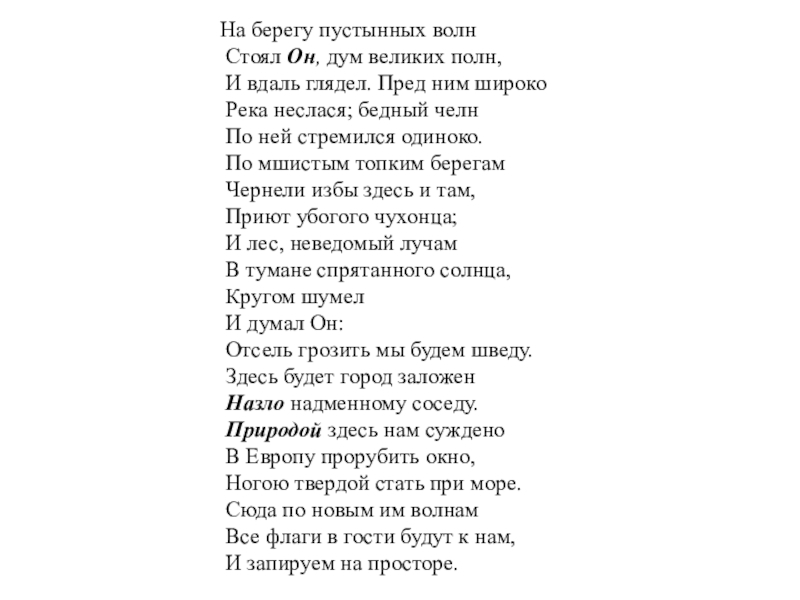Разделы презентаций
- Разное
- Английский язык
- Астрономия
- Алгебра
- Биология
- География
- Геометрия
- Детские презентации
- Информатика
- История
- Литература
- Математика
- Медицина
- Менеджмент
- Музыка
- МХК
- Немецкий язык
- ОБЖ
- Обществознание
- Окружающий мир
- Педагогика
- Русский язык
- Технология
- Физика
- Философия
- Химия
- Шаблоны, картинки для презентаций
- Экология
- Экономика
- Юриспруденция
welcome
Содержание
- 1. welcome
- 2. History of medicineSTUDENT:RADWAN AHMED RADWAN AHMEDNAME OF TOPIC: PAUL EHRLICHGROUP:19LS2(A)PENZA 2020
- 3. PAUL EHRLICHPaul Ehrlich (German: [ˈpʰaʊ̯l ˈeːɐ̯lɪç] (About
- 4. His laboratory discovered arsphenamine (Salvarsan), the first
- 5. LIFE AND CAREERBorn 14 March 1854 in
- 6. After elementary school, Paul attended the time-honored
- 7. After completing his clinical education and habilitation
- 8. In 1914, Ehrlich was awarded the Cameron
- 9. ResearchHematological stainingIn the early 1870s, Ehrlich's cousin
- 10. Honors and titles1.1882 Awarded the title of
- 11. CONCLUSIONPaul EhrlichThe Nobel Prize in Physiology or
- 12. THANK YOU
- 13. Скачать презентанцию
History of medicineSTUDENT:RADWAN AHMED RADWAN AHMEDNAME OF TOPIC: PAUL EHRLICHGROUP:19LS2(A)PENZA 2020
Слайды и текст этой презентации
Слайд 2History of medicine
STUDENT:RADWAN AHMED RADWAN AHMED
NAME OF TOPIC: PAUL EHRLICH
GROUP:19LS2(A)
PENZA
2020
Слайд 3PAUL EHRLICH
Paul Ehrlich (German: [ˈpʰaʊ̯l ˈeːɐ̯lɪç] (About this soundlisten); 14
March 1854 – 20 August 1915) was a Nobel prize-winning
German Jewish physician and scientist who worked in the fields of hematology, immunology, and antimicrobial chemotherapy. He is credited with finding a cure for syphilis in 1909. He invented the precursor technique to Gram staining bacteria. The methods he developed for staining tissue made it possible to distinguish between different types of blood cells, which led to the capability to diagnose numerous blood diseases.Слайд 4His laboratory discovered arsphenamine (Salvarsan), the first effective medicinal treatment
for syphilis, thereby initiating and also naming the concept of
chemotherapy. Ehrlich popularized the concept of a magic bullet. He also made a decisive contribution to the development of an antiserum to combat diphtheria and conceived a method for standardizing therapeutic serums.[1] In 1908, he received the Nobel Prize in Physiology or Medicine for his contributions to immunology.[2] He was the founder and first director of what is now known as the Paul Ehrlich Institute.Слайд 5LIFE AND CAREER
Born 14 March 1854 in Strehlen in Silesia
in what is now south-west Poland, Paul Ehrlich was the
second child of Rosa (Weigert) and Ismar Ehrlich. His nephew was Fritz Weigert and his cousin was Karl Weigert. His father was an innkeeper and distiller of liqueurs and the royal lottery collector in Strehelen, a town of some 5,000 inhabitants in the province of Lower Silesia, now in Poland. His grandfather, Heymann Ehrlich, had been a fairly successfuldistiller and tavern manager. Ismar Ehrlich was the leader of the local Jewish community.
Слайд 6After elementary school, Paul attended the time-honored secondary school Maria-Magdalenen-Gymnasium
in Breslau, where he met Albert Neisser, who later became
a professional colleague. As a schoolboy (inspired by his cousin Karl Weigert who owned one of the first microtomes), he became fascinated by the process of staining microscopic tissue substances. He retained that interest during his subsequent medical studies at the universities of Breslau, Strasbourg, Freiburg im Breisgau and Leipzig. After obtaining his doctorate in 1882, he worked at the Charité in Berlin as an assistant medical director under Theodor Frerichs, the founder of experimental clinical medicine, focusing on histology, hematology and color chemistry (dyes) . He married Hedwig Pinkus (1864–1948) in 1883 in the synagogue in Neustadt. The couple had two daughters, Stephanie and Marianne. Hedwig was a sister of Max Pinkus, who was an owner of the textile factory in Neustadt (later known as ZPB "Frotex").Слайд 7After completing his clinical education and habilitation at the prominent
Charité medical school and teaching hospital in Berlin in 1886,
Ehrlich traveled to Egypt and other countries in 1888 and 1889, in part to cure a case of tuberculosis which he had contracted in the laboratory. Upon his return he established a private medical practice and small laboratory in Berlin-Steglitz. In 1891, Robert Koch invited Ehrlich to join the staff at his Berlin Institute of Infectious Diseases, where in 1896 a new branch, the Institute for Serum Research and Testing (Institut für Serumforschung und Serumprüfung), was established for Ehrlich's specialization. Ehrlich was named its founding director.In 1899 his institute moved to Frankfurt am Main and was renamed the Institute of Experimental Therapy (Institut für experimentelle Therapie). One of his important collaborators there was Max Neisser. In 1904, Ehrlich received a full position of honorary professor from the University of Göttingen. In 1906 Ehrlich became the director of the Georg Speyer House in Frankfurt, a private research foundation affiliated with his institute. Here he discovered in 1909 the first drug to be targeted against a specific pathogen: Salvarsan, a treatment for syphilis, which was at that time one of the most lethal and infectious diseases in Europe.
Слайд 8In 1914, Ehrlich was awarded the Cameron Prize of the
University of Edinburgh. Among the foreign guest scientists working with
Ehrlich at his institute were two Nobel Prize winners, Henry Hallett Dale and Paul Karrer. The institute was renamed Paul Ehrlich Institute in Ehrlich's honour in 1947.In 1914, Ehrlich signed the Manifesto of the Ninety-Three which was a defense of Germany's World War I politics and militarism. On 17 August 1915 Ehrlich suffered a heart attack and died on 20 August in Bad Homburg vor der Höhe. Wilhelm II the German emperor, wrote in a telegram of condolence, “I, along with the entire civilized world, mourn the death of this meritorious researcher for his great service to medical science and suffering humanity; his life’s work ensures undying fame and the gratitude of both his contemporaries and posterity”.[3]
Paul Ehrlich was buried at the Old Jewish Cemetery, Frankfurt (Block 114 N).
Слайд 9Research
Hematological staining
In the early 1870s, Ehrlich's cousin Karl Weigert was
the first person to stain bacteria with dyes and to
introduce aniline pigments for histological studies and bacterial diagnostics. During his studies in Strassburg under the anatomist Heinrich Wilhelm Waldeyer, Ehrlich continued the research started by his cousin in pigments and staining tissues for microscopic study. He spent his eighth university semester in Freiburg im Breisgau investigating primarily the red dye dahlia (monophenylrosanilin), giving rise to his first publication.In 1878 he followed his dissertation supervisor Julius Friedrich Cohnheim to Leipzig, and that year obtained a doctorate with a dissertation entitled "Contributions to the Theory and Practice of Histological Staining" (Beiträge zur Theorie und Praxis der histologischen Färbung).
Слайд 10Honors and titles
1.1882 Awarded the title of Professor
2.1890 Appointed Extraordinary
Professor at the Friedrich-Wilhelms-Universität (now Humboldt University)
3.1896 Given the nonacademic
Prussian title of a Medical Councillor (Geheimer Medizinalrat)4.1903 Awarded Prussia's highest distinction in science, the Great Golden Medal of Science (which had previously been awarded only to Rudolf Virchow)
5.1904 Honorary professorship in Göttingen;[19] honorary doctorate from the University of Chicago
6.1907 Granted the seldom-awarded title Senior Medical Councillor (Geheimer Obermedizinalrat); granted an honorary doctorate from Oxford University
7.1908 Awarded The Nobel Prize in Physiology or Medicine for his “work on immunity"[20][21]
8.1911 Granted Prussia's highest civilian award, Privy Councillor (Wirklicher Geheimer Rat with the predicate “Excellency”)
9.1912 Made an honorary citizen of the city of Frankfurt a.M. and of his birthplace Strehlen
10.1914 Awarded the Cameron Prize for Therapeutics of the University of Edinburgh
11.1914 Appointed full Professor of Pharmacology at the newly established Frankfurt University.
Слайд 11CONCLUSION
Paul Ehrlich
The Nobel Prize in Physiology or Medicine 1908
Born: 14
March 1854, Strehlen (now Strzelin), Prussia (now Poland)
Died: 20 August
1915, Bad Homburg vor der Höhe, GermanyAffiliation at the time of the award: Goettingen University, Göttingen, Germany, Königliches Institut für experimentelle Therapie (Royal Institute for Experimental Therapy), Frankfurt-on-the-Main, Germany
Prize motivation: "in recognition of their work on immunity."
Prize share: 1/2

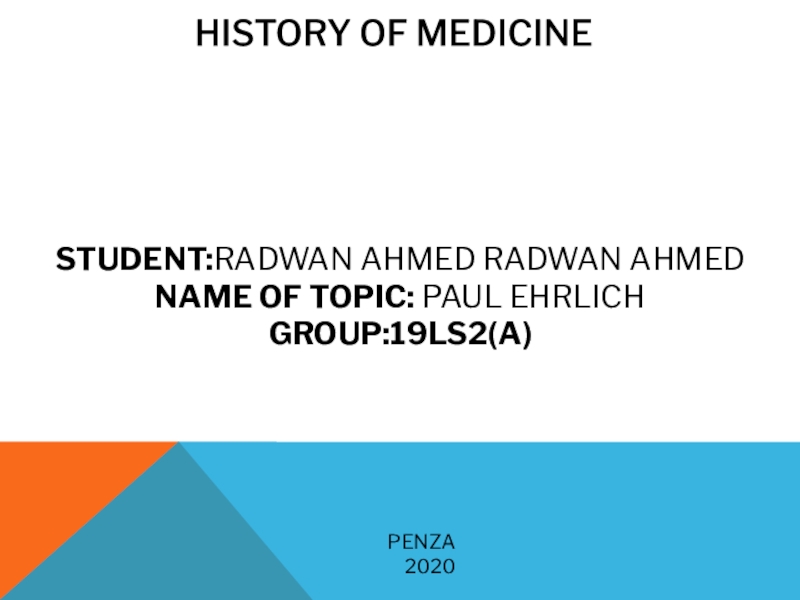
![welcome PAUL EHRLICHPaul Ehrlich (German: [ˈpʰaʊ̯l ˈeːɐ̯lɪç] (About this soundlisten); 14 March PAUL EHRLICHPaul Ehrlich (German: [ˈpʰaʊ̯l ˈeːɐ̯lɪç] (About this soundlisten); 14 March 1854 – 20 August 1915) was](/img/tmb/7/611576/a8fc0ad841a8fee4e51f6f0645f877d5-800x.jpg)
